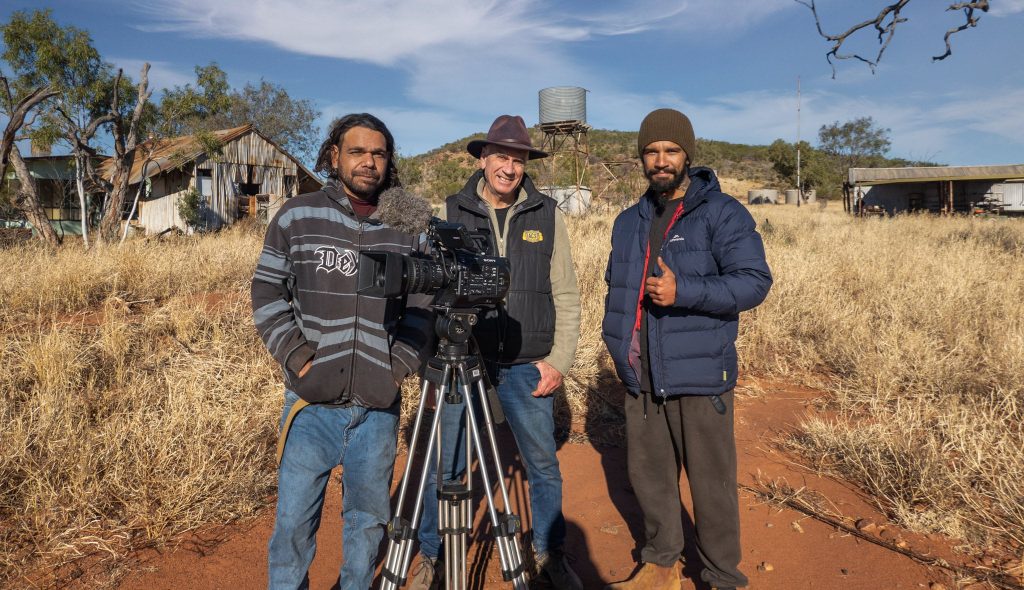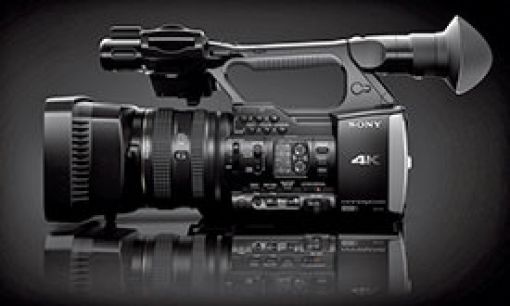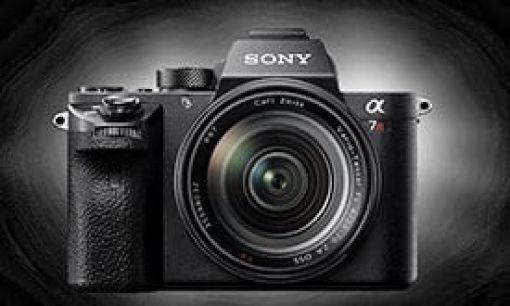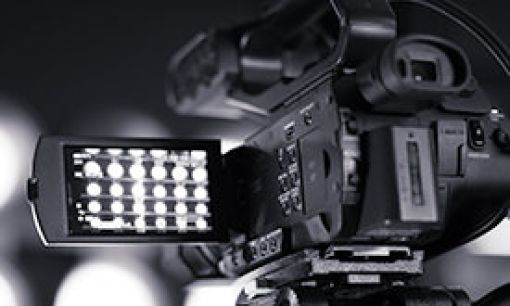Welcome to One-to-One video camera training
Cinematographer and certified trainer Pieter de Vries ACS will teach you the skills that you need to shoot stunning video. If you want to learn the technical and creative essentials and prefer learning at your own pace, then One-to-One is for you – it’s the ultimate shortcut to the skills you need at a time that suits you.
If you shoot video with a DSLR, *Mirrorless* or conventional video camera, you will learn more in two or three solid days of One-to-One training than you could possibly learn by signing up for an online course or a weekly group class. It’s the easiest, enjoyable and most cost-effective way to get the skills you want in the shortest time. Pieter is based in North Sydney, however training can be arranged in other centres. Online training sessions are also available.
Training structured for
-
Media Producers creating video for their organisation
-
Journalists keen to shoot their own news stories
-
Photographers who want to port their skills to video
-
Shooter/Producers who wish to shoot longer form
-
Professionals seeking an update on a new camera
-
Anyone who’d like to learn how to use a video camera
One-to-One Online via Zoom
Online training via the Zoom video conferencing platform is offered. It’s a great way to learn if you are unable to attend the North Sydney training venue. You’ll learn the techniques to enable you to tell a compelling story with a DSLR, *Mirrorless* or regular video camera. Have any question answered, any shooting scenario clearly explained.
What’s News
PDV On Instagram
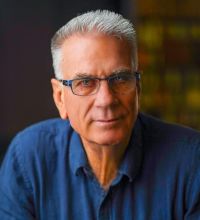
From the far heights of NASA’s Space Shuttle to the depths of the North Atlantic, from ancient land turtles in the Galapagos Islands to abandoned Soviet submarine bases in the Russian Far East, travelling through 185 countries and territories, cinematographer Pieter de Vries has been there with a camera.
Pieter has been a recipient of the Milli Award as the Cinematographer of the Year and his films have won numerous awards, including Emmys and BAFTA’s. He is a Sony Digital Imaging Ambassador.
WHAT PEOPLE SAY
ABC RADIO INTERVIEW
Shooting in bright sunlight
Getting good results shooting outdoors on a bright day is a challenge. Video just looks better when you don’t have to work in the glare of the sun. You’ll need some basic sun controlling tools to make it work or your scene could end up looking like Funniest Home Videos.
Shoot your wide shots early in the morning and from a position where the sun is lighting the scene from one side; side light will get the precious light and shadow happening.
You may end up shooting medium/dialogue shots and close-up/dialogue shots in the middle of the day. This is not too bad as you can use an overhead diffusion panel to shoot the closer shots. You’ll also need reflectors; some means of evening up the deep shadow areas. Use the white side to bounce light into backlit faces.
As mentioned, part of your sun controlling tools should be an overhead shade cloth and some means of suspending it over the actor/subject for close-ups and medium shots where there’s harsh full sunlight falling on faces. A overhead silk that allows most of the sunlight through (half stop or full stop) is best, otherwise it looks like your actors are performing in an unseen mystery poolside pergola!
Make sure that the backgrounds are not too bright. A small left or right shift of your camera to a position where there are trees behind for example is often enough to give you the best overall balance in this situation.
Use a small overhead diffusion panel
A 6 foot X 6 foot scrim/silk or very light sail cloth clipped into a frame is the ideal tool. You can then use reflectors to bounce light into the faces with a direct solid kick off the sun to continue that sunny feel. Late afternoon or early morning light is very flattering, and using this direct front light is the way to go, so don’t be afraid to shoot without reflectors and scrims at this time.
White balance your camera from time to time and if you choose to continue shooting when the odd cloud rolls over, make sure that you balance to that quality of light. I do a manual white balance in full sun (“B” position) and a balance in cloud cover (“A” position) and switch between the two as needed – The Z1 has this feature. This will help to disguise the impact of totally different light colour and totally different light characteristics.
Finally, try to position the camera further back from the subject and shoot your close-ups on the telephoto end of the zoom and use the built-in ND filters to get you an aperture of around f5.6. This will give you some nice focus fall off behind and in general, be more flattering, especially if your have the light falling on your subject under control.
I hope for an overcast day when I have to shoot outside. In the filtered and indirect soft light video still looks vibrant and in some cases more colourful than in full sun, and the evenness of this light makes it easier to get through the shots. Wide shots do look better in sunlight, you just have to reign-in the harshness of the sun by trying some of the ideas suggested. As a last thing, make sure the sun doesn’t hit the front glass of lens. There is no need to highlight every particle of perfectly focus dust sitting on the front lens element.
© 2021 Pieter de Vries ACS
Yuendumu Northern Territory mentoring & training
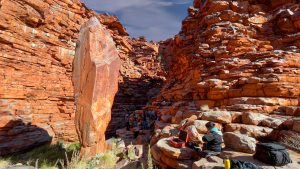 Filming of a feature length documentary is underway in the Central Desert region of the Northern Territory. The film is being written, produced and filmed by PAW Media and Communications (Pintubi Anmatjere Warlpiri) based in Yuendumu, 300k NW of Alice Springs.
Filming of a feature length documentary is underway in the Central Desert region of the Northern Territory. The film is being written, produced and filmed by PAW Media and Communications (Pintubi Anmatjere Warlpiri) based in Yuendumu, 300k NW of Alice Springs.
I was invited to train and mentor a number of indigenous filmmakers and production team in documentary cinematography techniques, also drone and gimbal operation.
Many key skills were already in place and the unit has the best equipment packages from Sony and Apple so my seven day visit was a pleasure. Our shooting locations took us to some remote overnight camping locations including Central Mount Wedge and the stunning sacred site, Pulka Karrinya.
